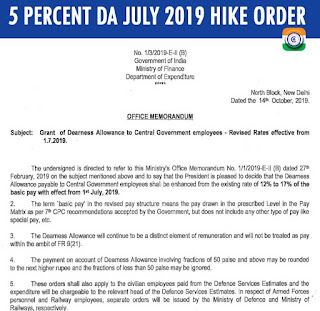Retirement Age: No Proposal To Raise for Central Government Employees
There is no proposal to either raise or reduce the retirement age of central government employees from the present 60 years, Lok Sabha was informed today.
“No, madam,” Minister of State for Personnel Jitendra Singh said in his reply to a question on whether government proposes to increase the retirement age of central government employees.
His reply was the same to another part of the question on whether there is a proposal to fix the retirement age at 58 years.
In the run up to the Delhi assembly polls, Prime Minister Narendra Modi had on two occasions scoffed at suggestions that his government planned to reduce the retirement age.
Terming it as a “misinformation campaign”, he had told the electorate that lies were being spread.
The speculation of hike in retirement age had been in circulation since the last days of the previous UPA II government.
PTI
There is no proposal to either raise or reduce the retirement age of central government employees from the present 60 years, Lok Sabha was informed today.
“No, madam,” Minister of State for Personnel Jitendra Singh said in his reply to a question on whether government proposes to increase the retirement age of central government employees.
His reply was the same to another part of the question on whether there is a proposal to fix the retirement age at 58 years.
In the run up to the Delhi assembly polls, Prime Minister Narendra Modi had on two occasions scoffed at suggestions that his government planned to reduce the retirement age.
Terming it as a “misinformation campaign”, he had told the electorate that lies were being spread.
The speculation of hike in retirement age had been in circulation since the last days of the previous UPA II government.
PTI







